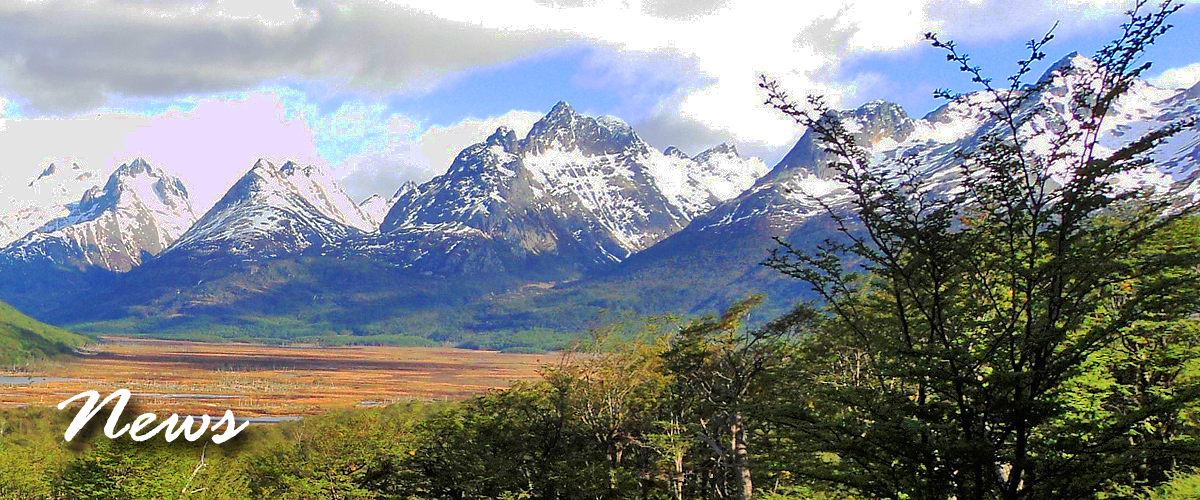


The Anthopos Institute has a history of perseverance. Founded in 1906 in Austria, its collections were confiscated by Gestapo. A few years later the Institute was reopened in Switzerland and had its collection repatriated. In the 1950s its headquarters officially moved to Germany. It is one of the leading bodies dealing with anthropology and has one of the most important anthropology libraries in the world in its segment, which is why I am very proud to have my book in its collection. Thanks Dr. Joachim Piepke for your consideration and contribution.

Book “21 Days at The End of The World” in the Anthropos Institute Library
NOTE: It is important to mention that the book “21 Days at The End of The World” is not an anthropological book. However, the historical basis that inspired various topics has anthropological roots, such as the beliefs and way of life of the Fuegian people, specially the Secret Society of Tierra del Fuego, recorded and documented by the anthropologist Martin Gusinde by the year 1923.
∞
KNOW MORE ABOUT THE ANTHROPOS INSTITUTE
∞

Martin Gusinde Heritage
Martin Gusinde realized several works in America, being one of the most important work which Gusinde left behind were the volumes he wrote dealing with the Indians of Tierra del Fuego. The first volume, dealing with the Selk’nam (Ona), appeared in 1931. In this volume he laid out the broad outlines of the Indian cultures. In 1937 the second volume appeared which described the Yamana (Yagan). The third volume, dealing with the Halakwulup, was in manuscript by 1945, but was lost in the confusion of the war. On the basis of his field notes, however, he was able to reconstruct the manuscript in the last years of his productive life. In 1974, five years after he died, it was posthumously published. The books about the Tierra del Fuegian Indians were translated into English in 1961 and into Spanish from 1982-1989. These three ethnographies were accompanied by about 1000 photographs which impressively brings to life again the way these people, who have since died out, used to live. In 1933 he edited, together with Ferdinand Hestermann, Thomas Bridges’ “Yamana-English. A Dictionary of the Speech of Tierra del Fuego,” which remained unpublished for over 50 years. Gusinde wanted to save as much of the cultural heritage of these people, doomed soon to disappear, as he could. From the old people he could still find fragments of the old religion and mythology, of the rituals and customs of the past. His purpose was to recover and salvage some of the old human values still dormant in these people. He had the ability to win over the trust of the Indians, who were quite willing to have him in their midst and quite willingly shared their knowledge with him. He himself was accepted by the Yamana as a candidate to participate in the youth ceremony, by which he became a member of the tribe. In the months he lived with the Indians he shared in two youth ceremonies, one ceremony for adult men, and prepared himself to become a medicine man, all this while living with the Yamana. With the Selk’nam he participated in the kloketen ceremony


∞
KNOW MORE ABOUT MARTIN GUSINDE HERITAGE
